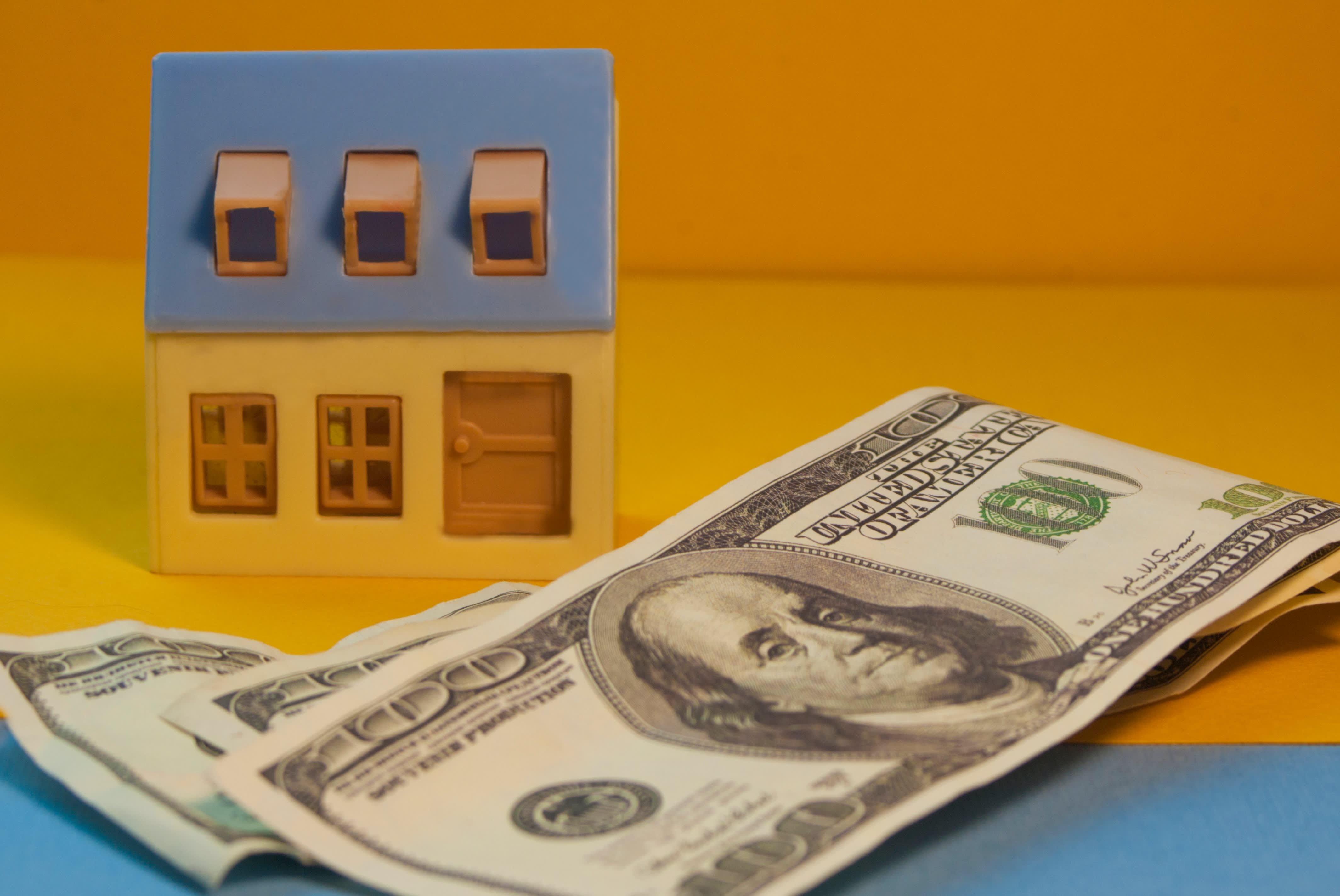Tereza | Twenty20
As the Federal Reserve cuts rates, it’s a good idea to make sure your savings are still getting the biggest boost possible.
The central bank slashed its benchmark short-term interest rate this week by a quarter point for the third time this year. As a result, some banks are pulling back their offerings on savings accounts and certificates of deposit.
Online bank Synchrony has dialed back its savings account return to 1.9%, from 2.25% this summer. And the bank slashed the rate on its 5-year CD to 2.30% from 3.10%.
“I would expect rates to continue to drop on savings accounts,” said Allan Roth, founder of financial advisory firm Wealth Logic in Colorado Springs, Colorado.
More from Personal Finance:
Tesla dips into the car insurance business
20 US cities with the best deals for entertainment
What you should know before giving a debit card to your kids
Even so, returns remain high by recent standards — you’ll just want to shop around for the best offer.
“You can still earn more than the rate of inflation and that was not the case for more than a decade,” said Greg McBride, the chief financial analyst at personal finance website Bankrate.com.
Your savings can pick up a 2.30% return at Brio Direct, an online bank. Vio Bank is offering 2.27% .
Live Oak Bank is offering 2.35% on a 5-year CD, if you can tie up $2,500. A 1-year CD at BMO Harris Bank is paying 2.20%, but the minimum deposit is $5,000.
And robo-advisors Betterment and Wealthfront tend to offer some of the best rates on their cash management accounts, said Arielle O’Shea, banking expert at NerdWallet.
You can find the best, up-to-date rates at Depositaccounts.com.
O’Shea offered an example to illustrate the benefit of chasing the best savings rate: Say you store $10,000 in a traditional bank account paying the national average of 0.09%. In five years, you’d have earned $46 in interest. If you had kept your money somewhere earning 2% a year, however, you’d have added $1,051 to your balance.
If you are stuck between putting money aside in a savings account or CD, the question to ask is “when do you need the money?” said McBride.
Your emergency savings — ideally enough to cover six months’ worth of expenses — should be in a liquid account, he said. Once you reach that goal, you can tie up more money in a CD.
Roth offered an alternative: finding a CD with the lowest penalty. That way, you can match the benefit of a high-interest savings account without the restrictions of a CD. “If you need the money, you break the CD,” Roth said.
For example: Let’s say you parked your savings in a 5-year CD with a rate of 2.5% and an early withdrawal penalty of five months’ interest and then dipped into it after just three years. You’d still have picked up an annual rate of 2.16%.
For goals further into the future, don’t rely on CDs or savings accounts, said Lisa Gerstner, contributing editor at Kiplinger’s Personal Finance. “Put longer-term savings, such as for retirement, in the stock market,” she said.
